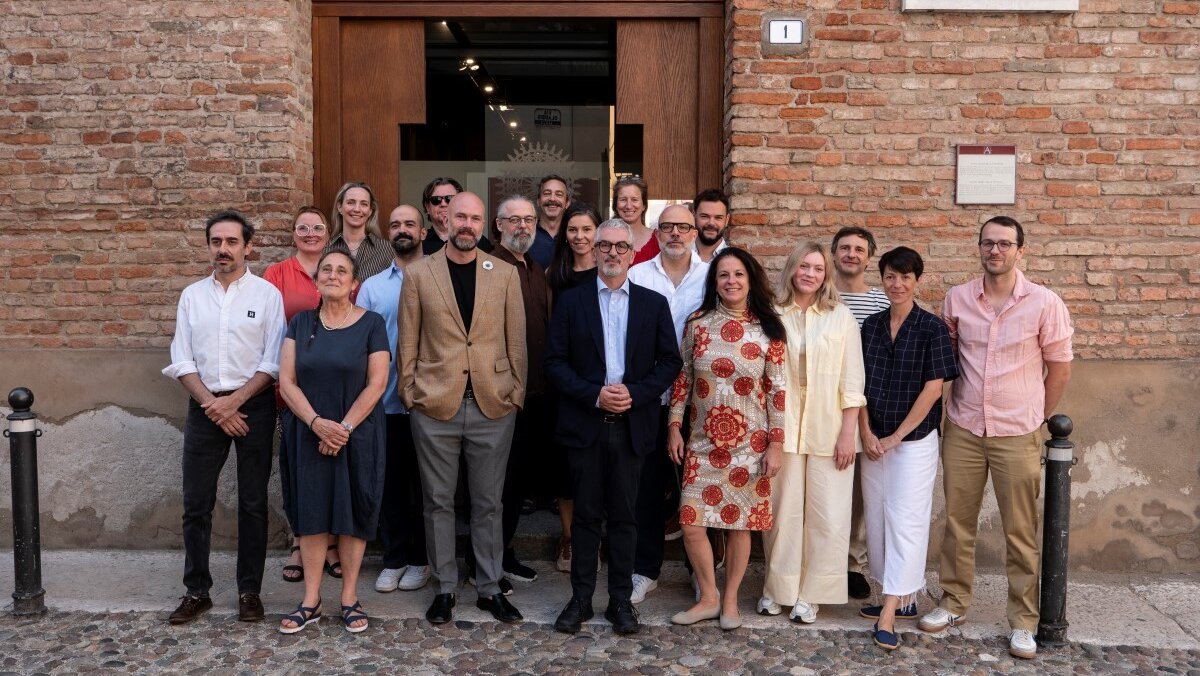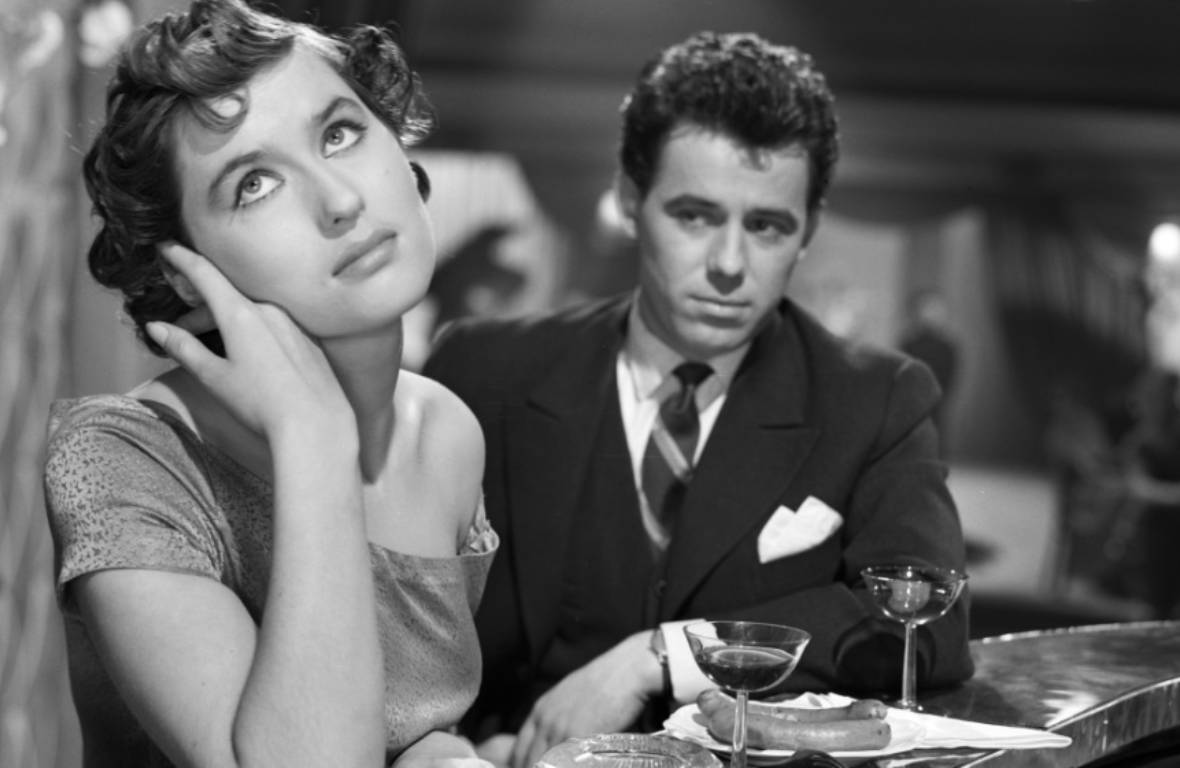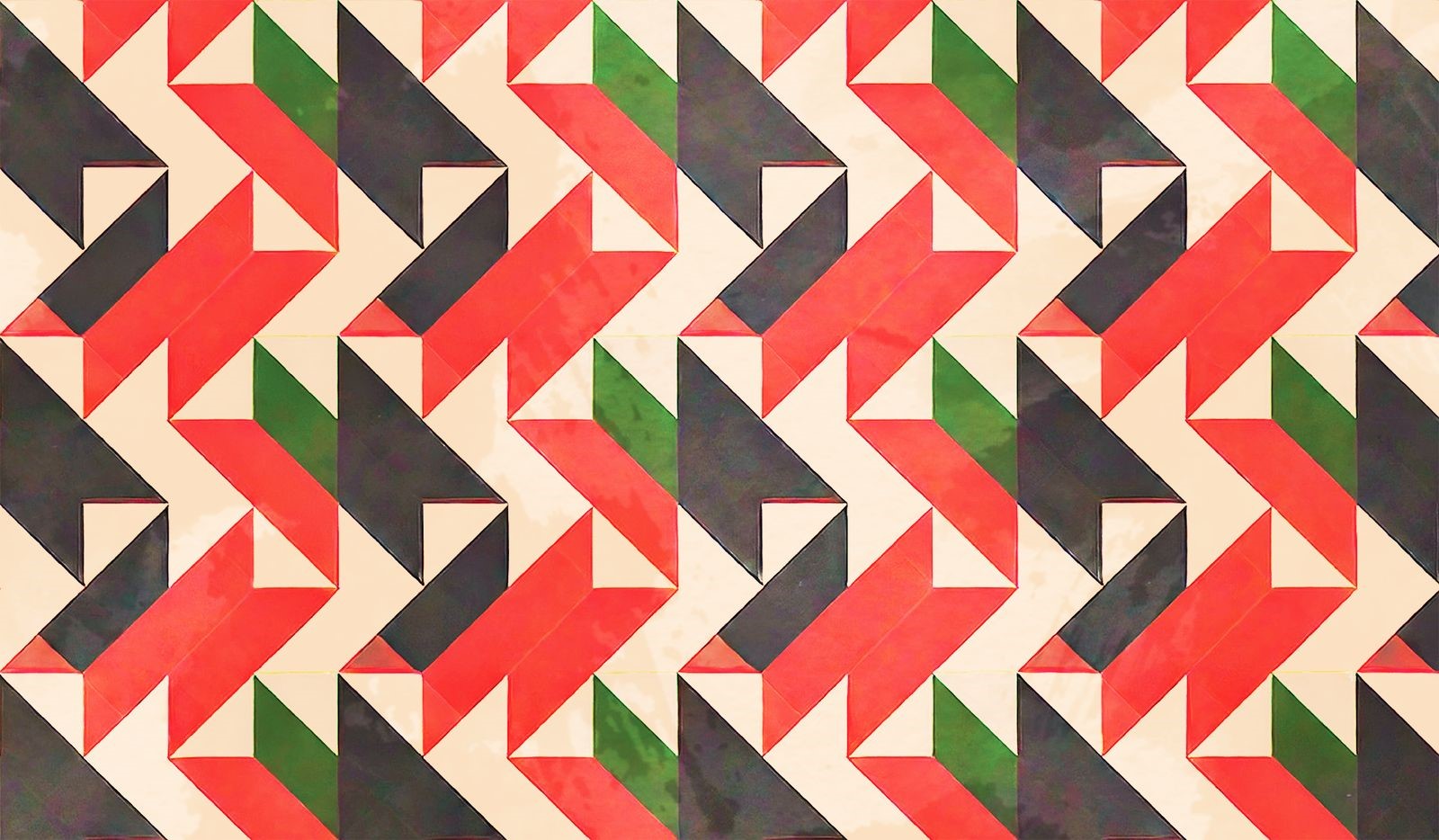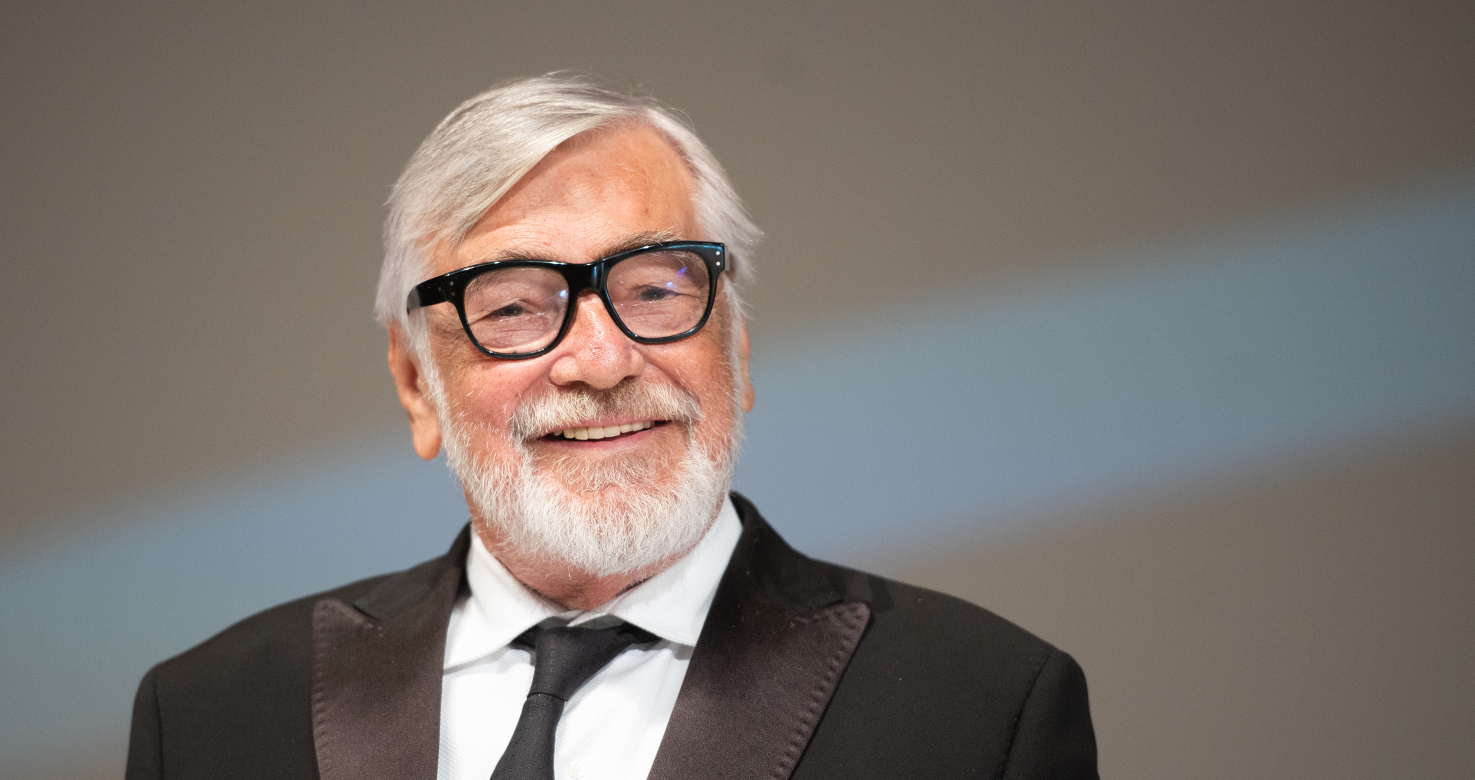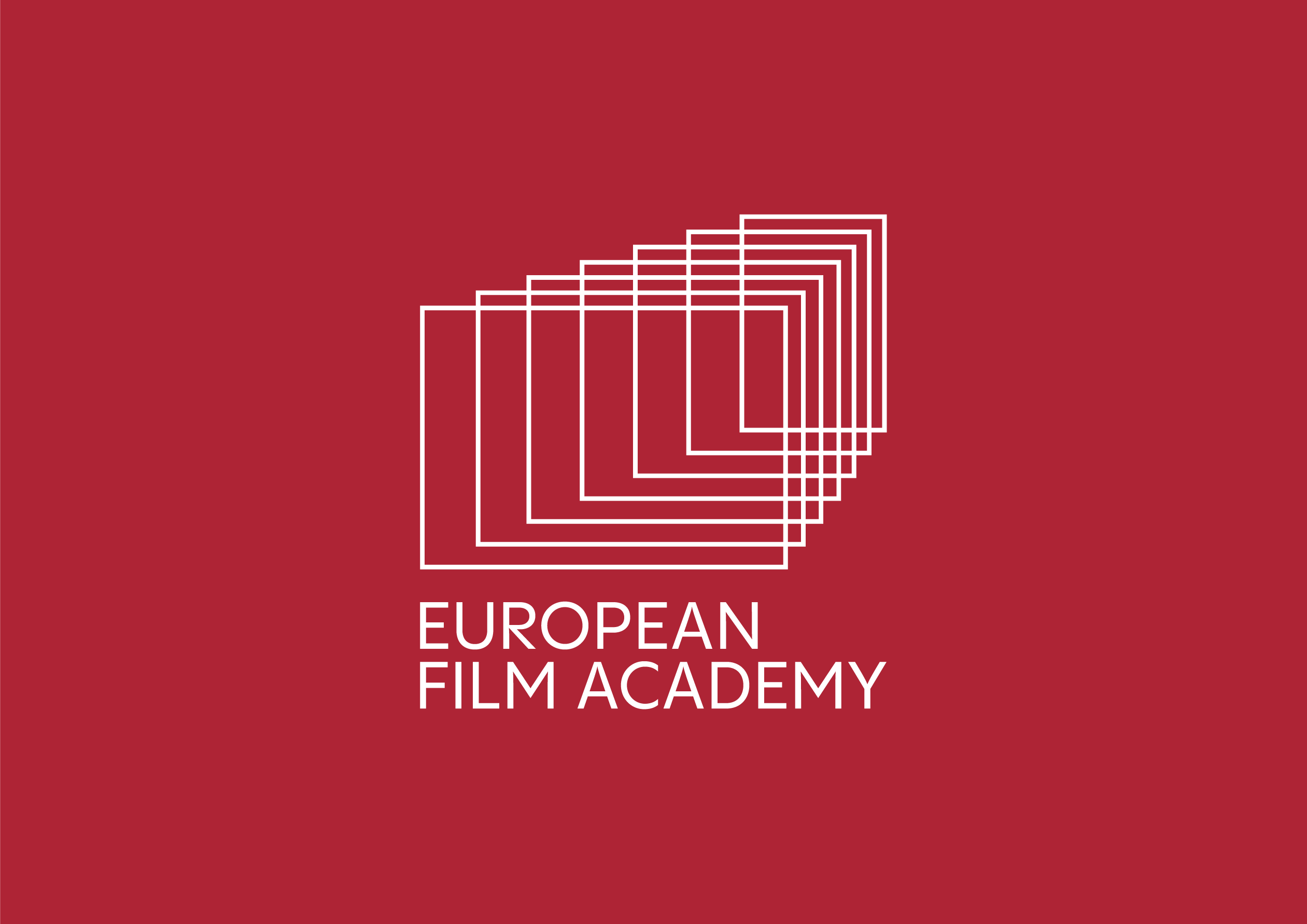_UNDERSCORE
The Beauty and Horror of the Mundane
_UNDERSCORE
The Beauty and Horror of the Mundane
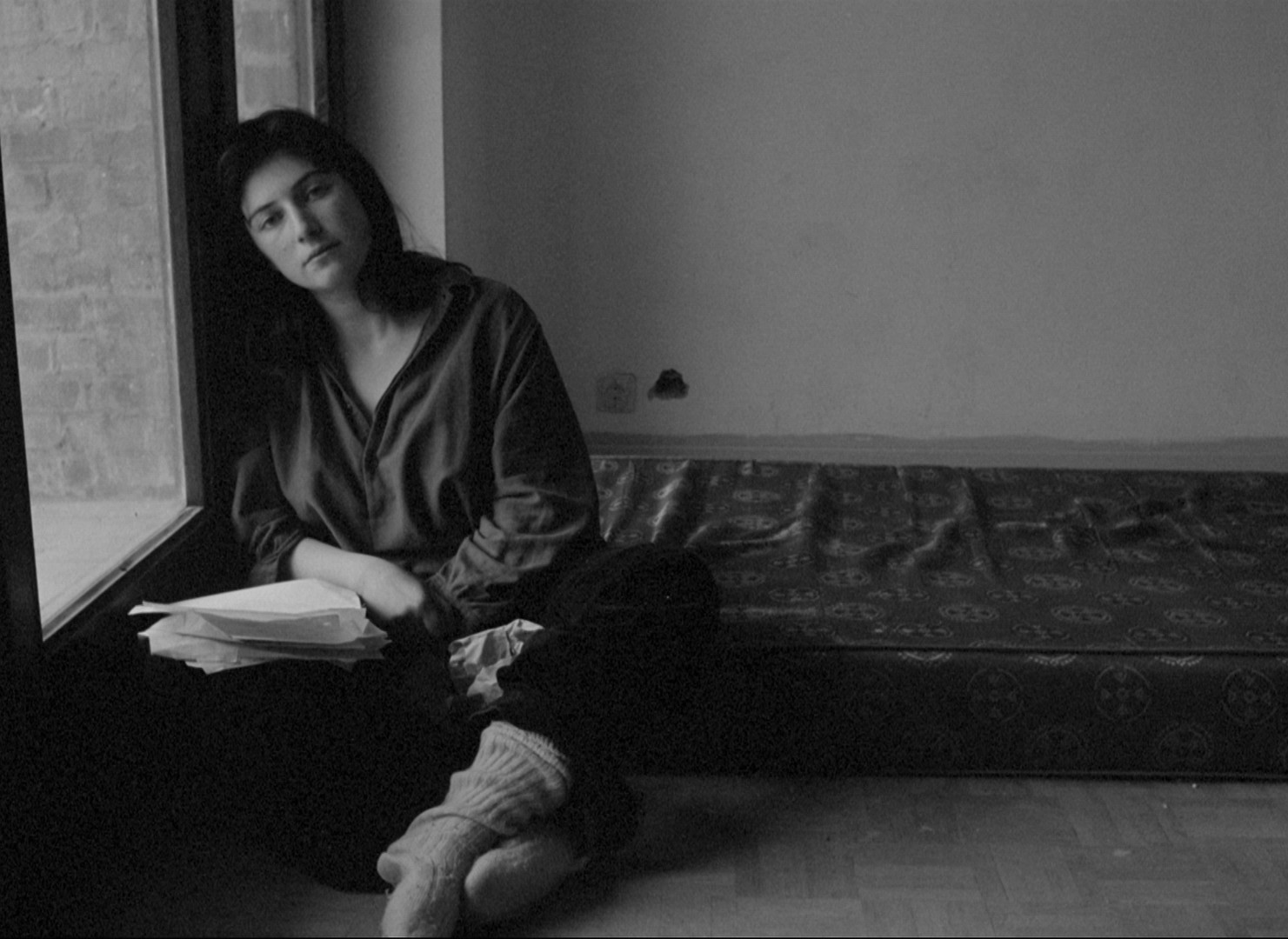
The Cinema of Chantal Akerman
by Oleksandra Kalinichenko
Some filmmakers require no further introduction. Just say the name, and one’s mind will overflow with visuals and sounds, illustrating the filmmakers’ artistry and their path in cinema. The same goes for Chantal Akerman. Probably, you already envision Delphine Seyrig, portraying an almost mechanical housewife, sipping her coffee in a meticulously pristine kitchen within the world of JEANNE DIELMAN, 23 QUAI DU COMMERCE, 1080 BRUXELLES (1975).
“Chantal Akerman is arguably the most important European director of her generation,” writes the American film critic James Hoberman[1]. The artistic achievements of Chantal Akerman could so easily be organised in quotes and numbers: 12 feature films, 17 documentaries, and 15 short films. It seems nowadays we are still catching up with her: in 2022, her masterpiece JEANNE DIELMAN, 23 QUAI DU COMMERCE, 1080 BRUXELLES was named the greatest film of all time by the British Film Institute’s decadal critics’ poll, dethroning textbook male-gaze films, such as CITIZEN KANE by Orson Welles and VERTIGO by Alfred Hitchcock, giving her works a new wave of attention. Only this year, there is a unique opportunity to encounter Chantal Akerman, either by watching her films on the big screen during the retrospective at the Belgian Cinematheque, or by delving into her works and installations at the first great exhibition “Chantal Akerman. Travelling” at the Bozar cultural venue in Brussels.
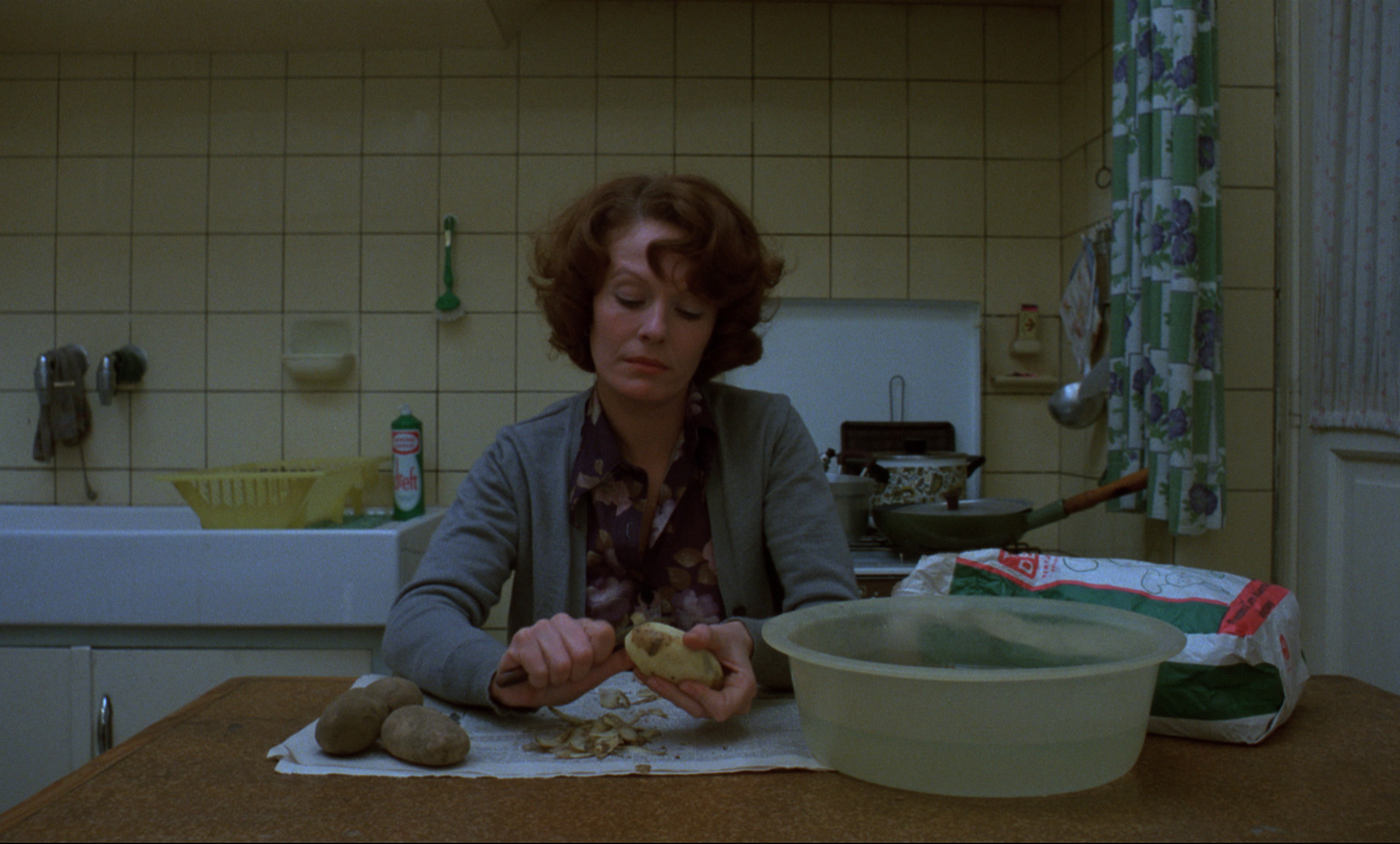
Akerman began her filmmaking career during the second-wave feminism movement and almost instantly became the cinematic symbol of it. Works of Akerman could be dissected through the lens of feminist film theory, pioneered by the British film theorist Laura Mulvey in her essay “Visual Pleasure and Narrative Cinema”. In the book “Ways of Seeing” (1972), the British art critic John Berger put it simply: “Men act and women appear”. From the very first film BLOW UP MY TOWN (1968), Akerman’s heroines appear in the act. By standing simultaneously behind and before the camera, she separates the double identity of the surveyor and the surveyed, offering a new way of seeing a woman through a camera lens.
“I would like the viewer to have a physical experience of the time used in each shot. To have the physical experience of time unfolding inside you, of time entering you.”
Chantal Akerman (2003)
With her distinctive way of seeing the world, Chantal Akerman always returned to the same themes of home, borders, Jewishness, memory, and above all – her (m)other. Mother was a shadow and a fleeting other in all of her works, in some more distinctly than in others, up until the NO HOME MOVIE (2015), where the relationship between the two took the spotlight. Akerman easily shifted forms and genres: from films to installations and new media art. The means were different, but the results were the same – film art in all its forms and beauty. Her works could be seen as genre-bending: BLOW UP MY TOWN could very well be seen as a tragicomedy, JEANNE DIELMAN as a slow-paced suspenseful horror.
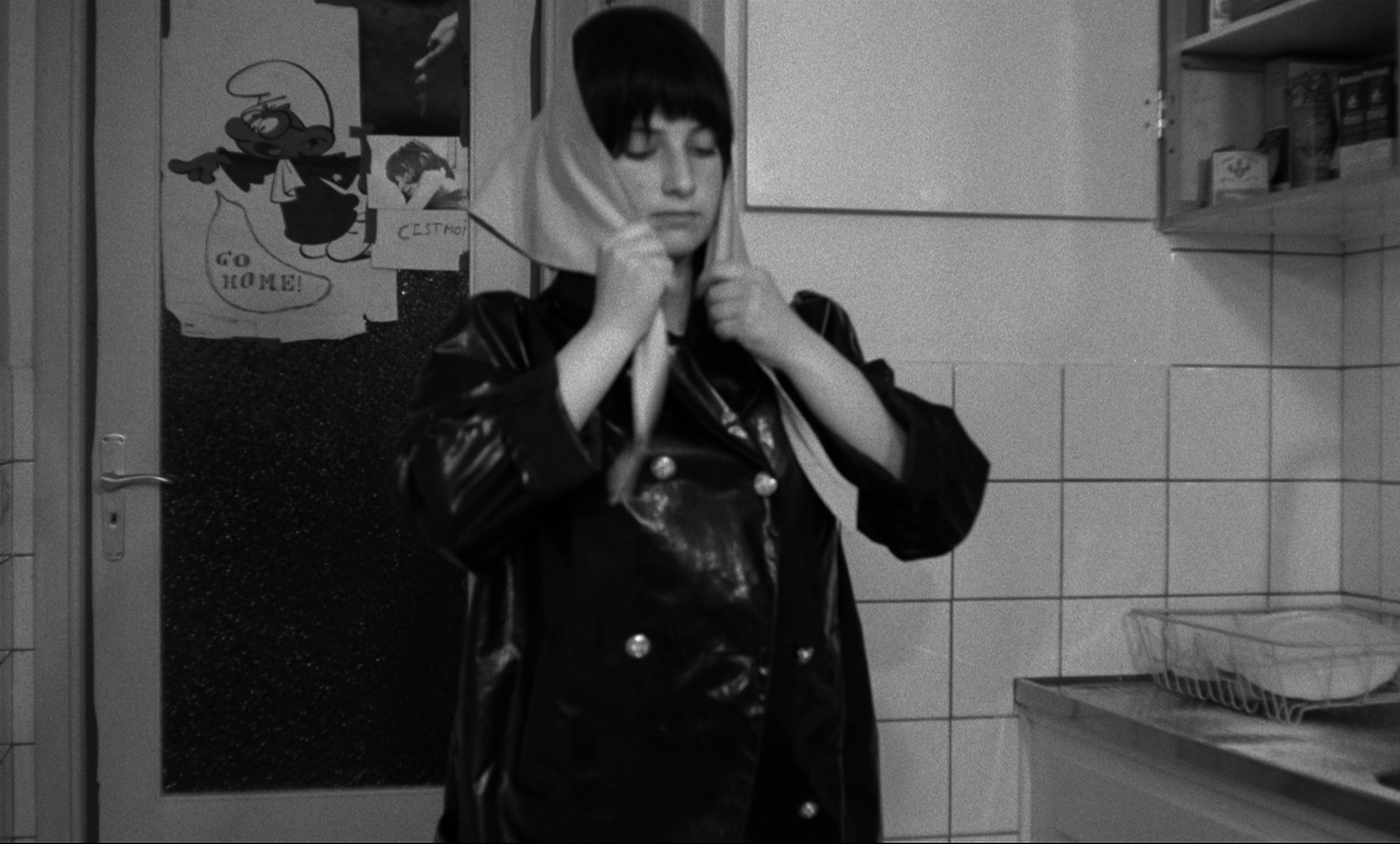
For all the scrutinising, yet compassionate attention to the women onscreen, there are two other distinct characters in her body of work: time and space. After the French New Wave and Italian Neorealism, where the cinema took to the streets and dived into the tornado of urban life, a new decade followed, one that concentrated on enclosed spaces and private rooms, and the movements of bodies within them. Chantal Akerman embodied both worlds: from the apartments and minimalistic spaces, her protagonists roam freely throughout Brussels, Paris, and New York. Some films, such as NEWS FROM HOME (1977), become an exploration of the rhythms and rhymes of the city itself.
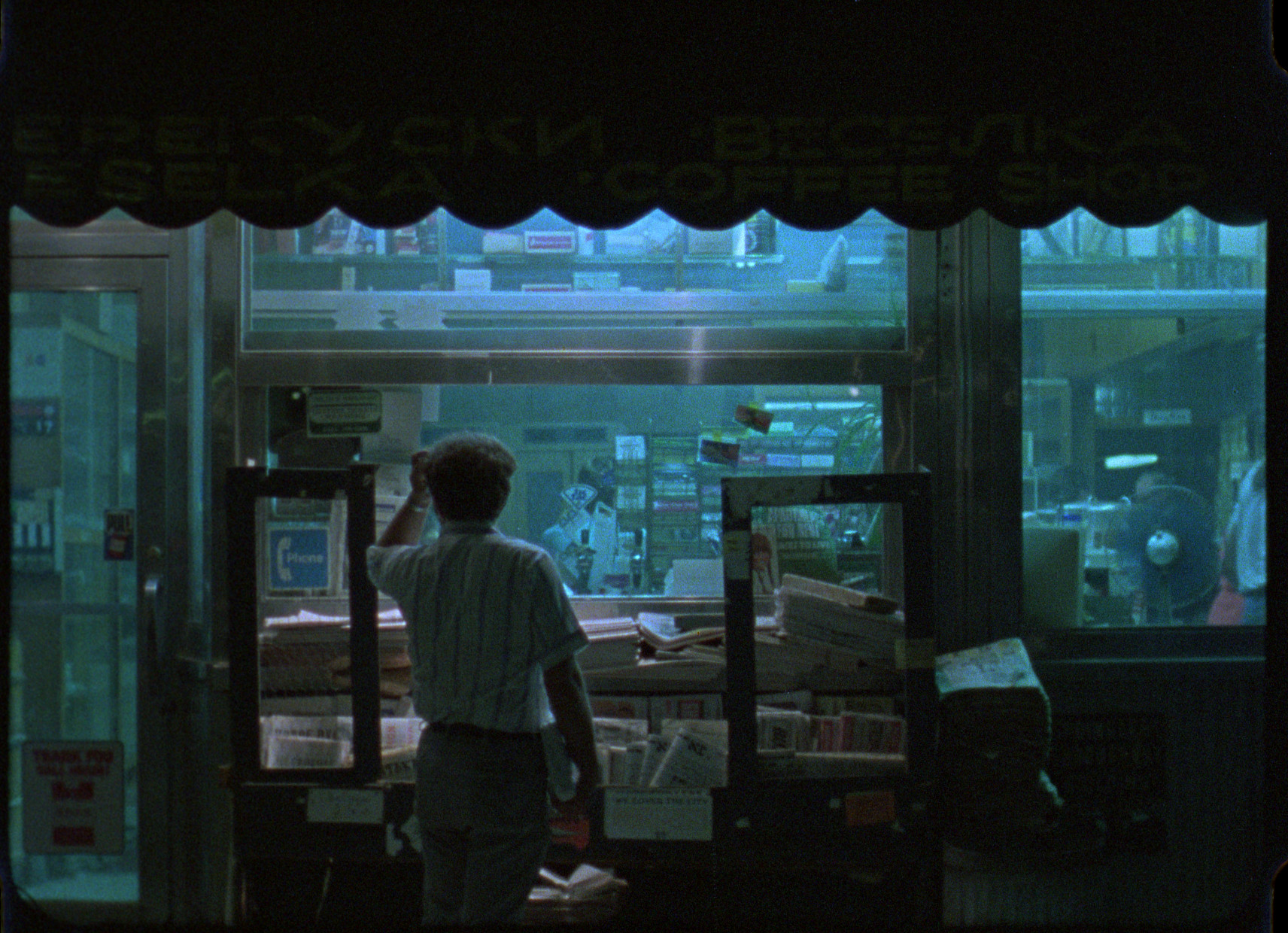
With the step forward from realism in cinema, Akerman introduces hyperrealism, with a twist on reality following Magritte’s “This is not an Apple”. Deprived of splashy sensory stimulations, her cinema becomes a haptic experience. Everything in her film fabric is touchable through the mind’s eye: from the smallest details of locations to time itself. You feel the pacing of time, it becomes a character in itself.
It’s so easy to delve into the labyrinth of analysing, but some matters are inherent: Chantal Akerman’s films became so much more than cinema not only because of her innovative cinematic language, slow-paced and empathetic investigation of women’s day-to-day life on the surface as well as the whirlwind of emotions underneath. These films convey emotions and make you feel, deeply. Our lives are more than the ostentatious events we might deem worthy of remembering. On the contrary, they mainly consist of the small and mundane bits in-between them. Akerman fills up these spaces of the in-between, untangling that inexpressible, deep-rooted feeling in each human being.
Oleksandra Kalinichenko is a Ukrainian film writer and member of the Union of Film Critics of Ukraine. She currently pursues a degree in Film Studies at the Karpenko-Kary National University of Theatre, Film and Television in Kyiv, particularly exploring contemporary Ukrainian cinema and cognitive film theory. Since 2021, she has been working for the Takflix online cinema of Ukrainian films as the website manager. She also works as a freelance film writer and participates in Ukrainian and international projects for film journalists, particularly by European Festival Network MIOB and Sarajevo Talents 2023. In 2023, she participated in the European Film Academy’s “A Sunday in the Country” for young critics and film journalists, she was in the student jury of the International Human Rights Documentary Film Festival Docudays UA and in the pre-selection Docudays UA festival committee.
[1] Hoberman, J. 1991. “Vulgar Modernism: Writing On Movies and Other Media.” Philadelphia, Temple University Press.
ADDITIONAL INFO:
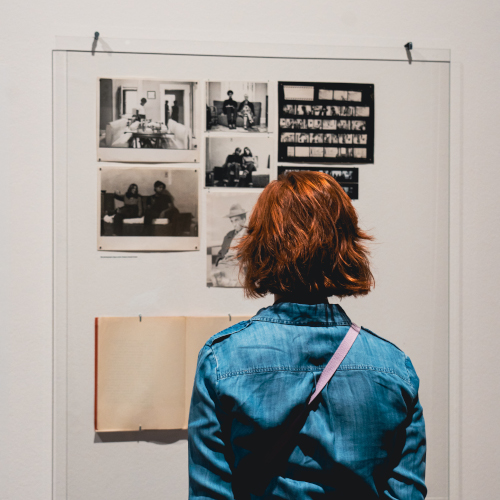
Chantal Akerman. Travelling
Chantal Akerman. Travelling
The exhibition outlines her unique journey from the early beginnings in Brussels to various deserts, from her first films to her final installations in 2015. Featuring unique and previously unseen footage, production, as well as work documents from her archives, this is the first major retrospective of the Brussels-based artist.
14 March – 21 July 2024
BOZAR/Centre for Fine Arts, Ravensteinstraat 23, 1000 Brussels
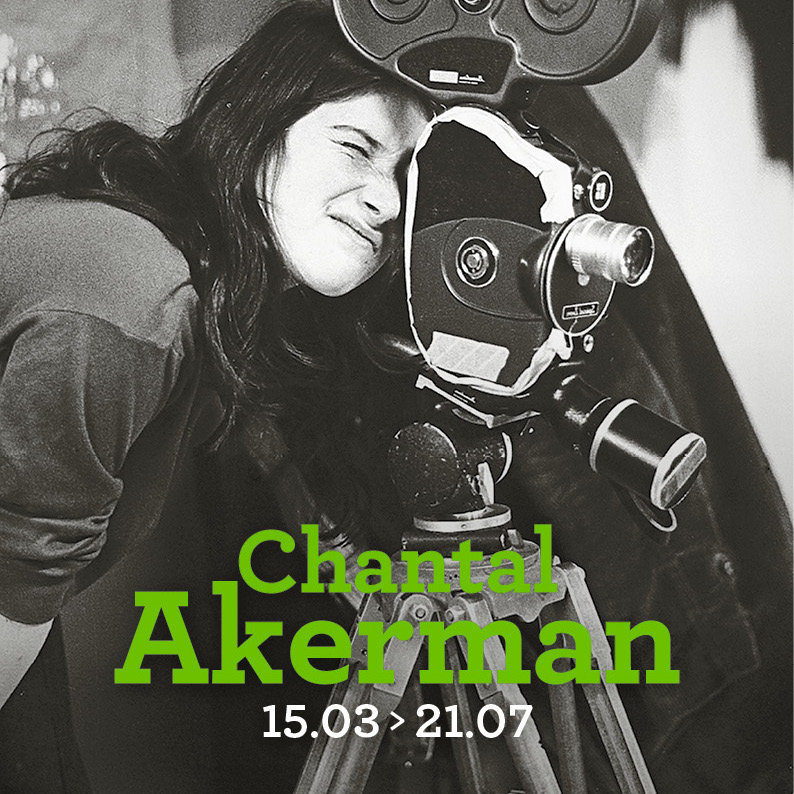
Artists in Focus: Chantal Akerman
Artists in Focus: Chantal Akerman
CINEMATEK presents a comprehensive and chronological retrospective of Chantal Akerman’s films. Additionally, a carte blanche is included featuring a selection of works that have influenced Akerman’s directorial perspective. This retrospective also includes numerous lectures and contributions from collaborators and associates of the filmmaker.
15 March – 31 May 2024
Cinematek, Baron Hortastraat 9, 1000 Brussels

